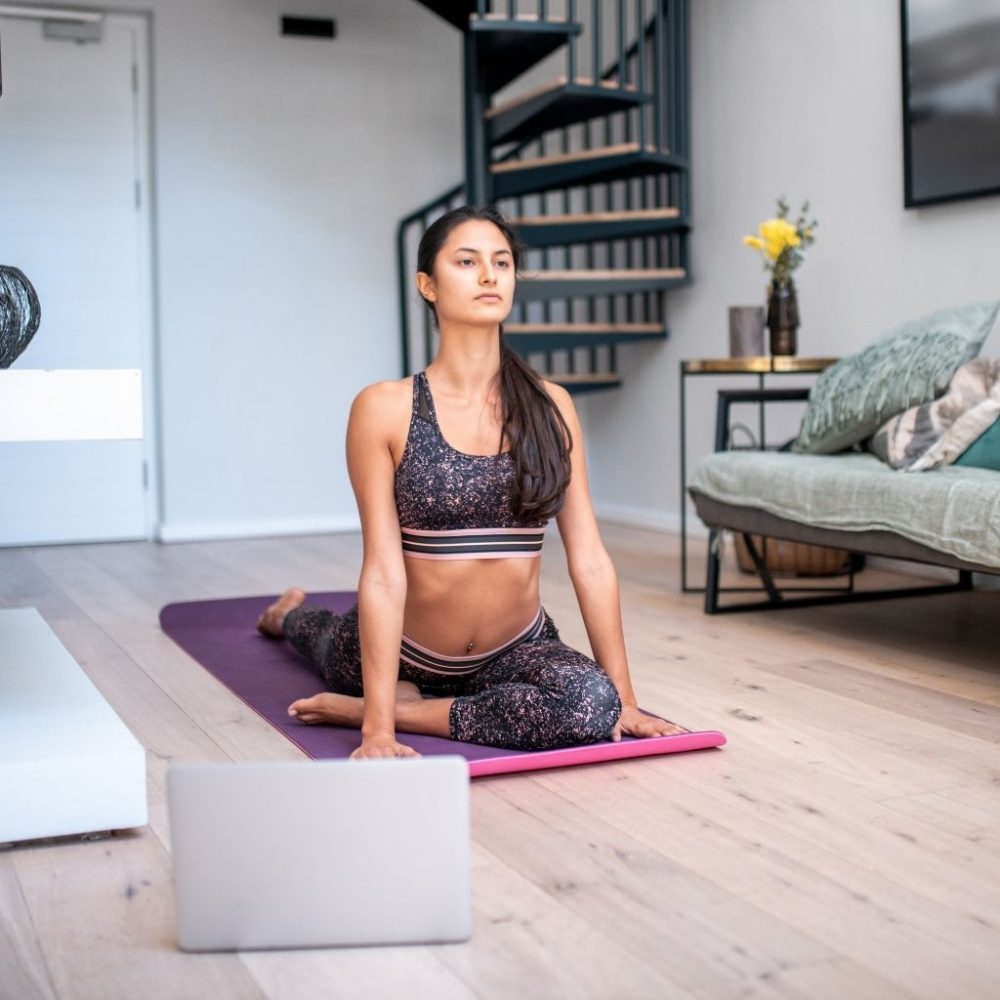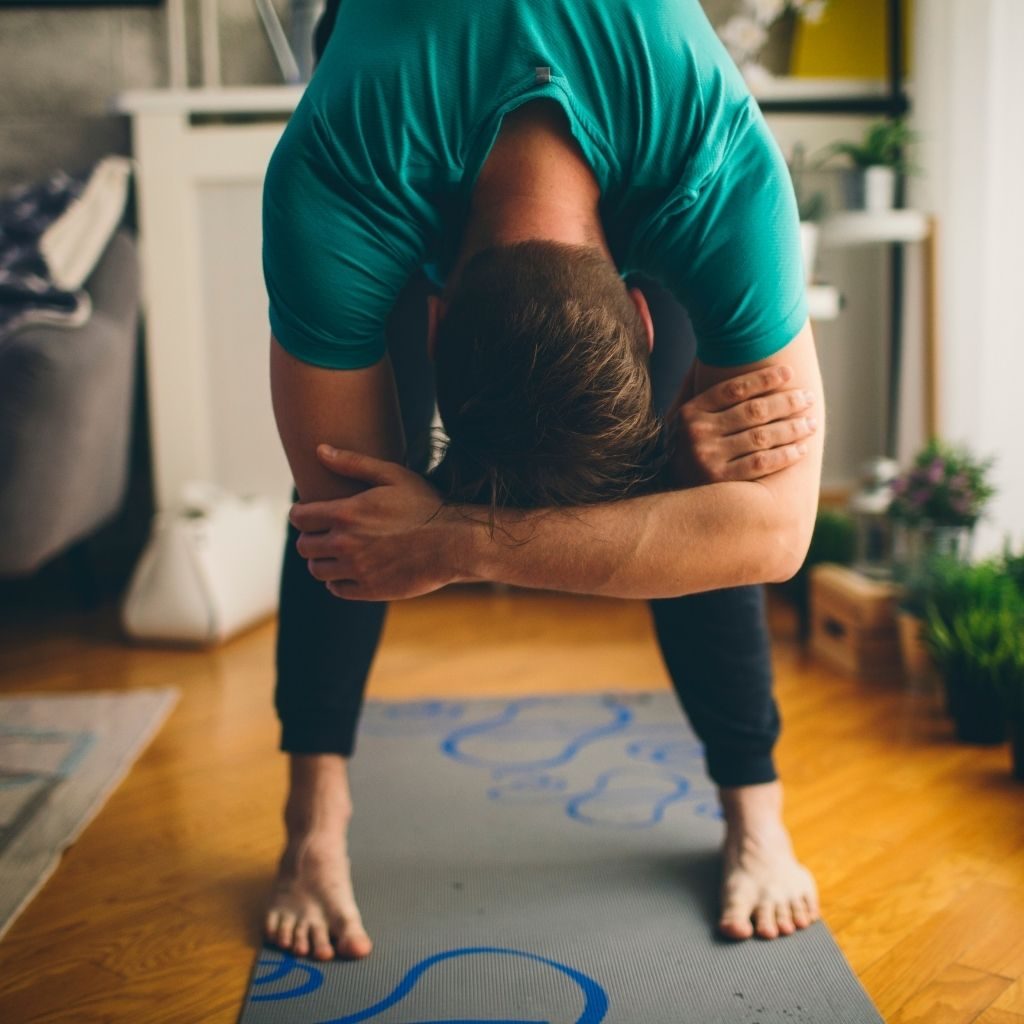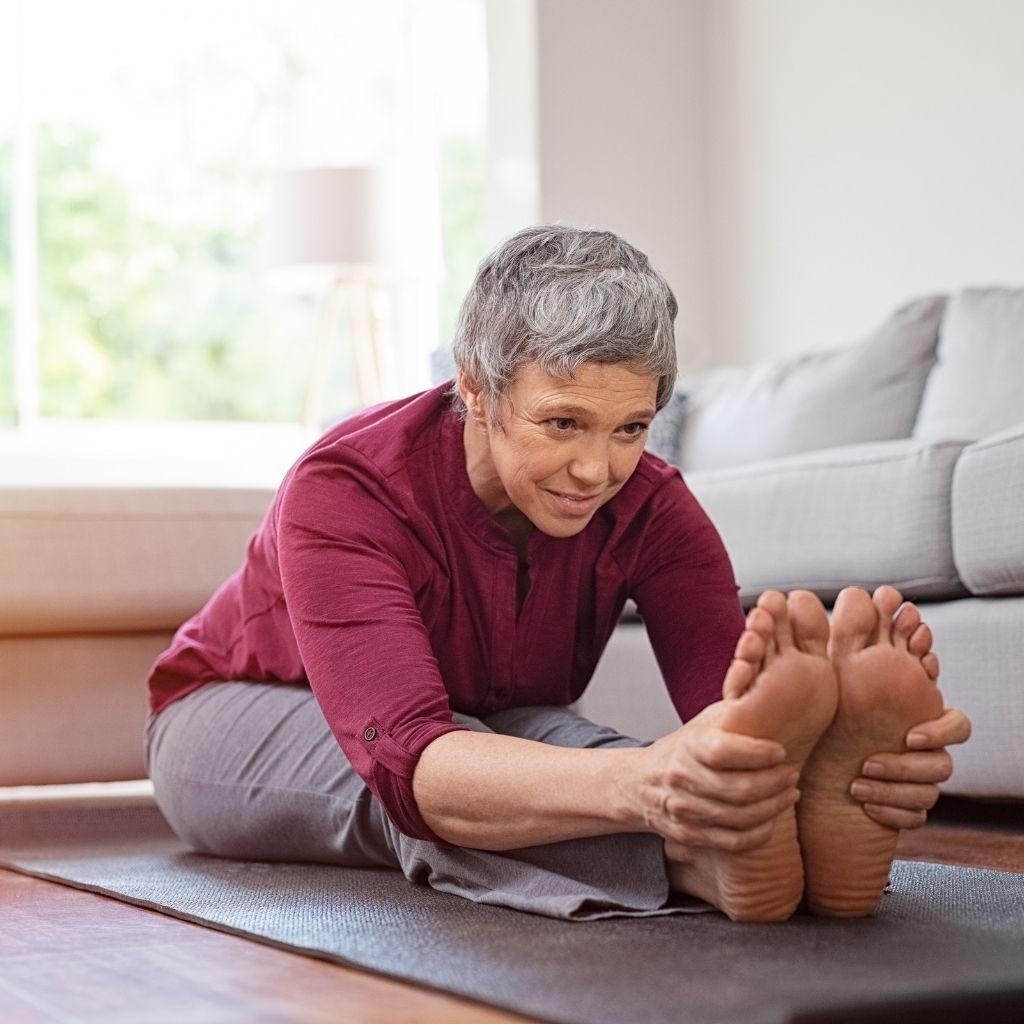How to Learn Yoga Without Going to a Yoga Studio
Whether you are physically unable (or unwilling) to attend a yoga class because you are traveling or prefer not to pay for it or simply because the idea of practicing at home sounds good to you, understanding how to learn yoga on your own it’s fundamental.

Many yogis learn to practice by themselves; you can use platforms like YouTube to learn for free from different highly skilled teachers from all around the world and even join Livestream classes to get feedback on your alignment.
We have a few things to say about finding the yoga style that speaks to you and how to find the right yoga teachers, but in a nutshell, yes, it is possible to learn yoga without going to yoga classes, and in this article, we tell you how to go about it.
Let us start with the most significant bit – how to find your yoga style.
How to find your yoga style
There are all of these different styles of yoga, some traditional, some more new age.
How do you figure out the best yoga style for your needs? This is how.
1. Your level of experience in yoga
If you are a complete beginner, attending an Ashtanga or Iyengar yoga class could feel overwhelming.
Although beginners can practice any style of yoga, it is usually recommended to start with a beginner level class – so a beginner’s Hatha yoga or Kundalini yoga class might be more appropriate, which are slower and put more focus on individual poses.
2. Your reason for doing yoga
Why you want to do yoga can make a lot of difference to the style of yoga that would be suitable.
For example, if you are looking for something more active, a Vinyasa class might be more appropriate; if more flexibility than Yin yoga, to relieve stress and anxiety, then a restorative class, or if spirituality then a Kundalini class.
3. Your current challenge
There are times we need something to counterbalance our existing propensities or tendencies.
Perhaps you have a very active life and could do with some downtime that is calming and eases stress. A restorative class might be best.
If your lifestyle is already sedentary, a Vinyasa class that brings in movement might be a better option.
4. How do you want to feel after yoga
This is an important question to ask yourself.
Would you like to use your yoga sessions to feel relaxed and ready for bed at the end of your day? Try restorative yoga. If you would like to feel accomplished, try Hatha yoga. If you would like to feel energized, try Vinyasa.
Next, we talk about how to find a yoga teacher who feels right.
Wanna know more? 👉 Here Which Yoga Style Should You Practice to Meet Your Needs?

Can you truly learn yoga by self-teaching?
Yoga can be broadly divided into four components – the physical aspect of yoga or asana, meditation practices, the ethical and spiritual side of yoga, and the lifestyle aspect of yoga.
Ideally, yoga is best learned from a guru or a spiritual teacher. Though it is possible to truly learn yoga by self-teaching, it can be highly challenging to make progress when you face an obstacle in the form of doubts or questions or feel a lack of motivation. During such times, getting some help becomes vital.
Let us look at the different aspects of yoga and how they can be self-taught.
How to self-teach the physical aspect of yoga
The basic asanas are mostly low-risk if learned and practiced by yourself.
They can be self-taught using books or free youtube videos.
Even then, listening to the body at all times and being mindful of what feels right is crucial.
You can use a mirror to check your alignments and assess if a posture needs any modification.
Where the role of a teacher becomes important is mainly in these two cases.
With more advanced asanas, it is advisable to take the help of a teacher because any misalignments could cause injury.
Secondly, specific asanas are not recommended for certain diseases/issues. If that is the case, then a yoga teacher is best equipped to guide through those scenarios.
How to self-teach meditation practices
There are many forms of meditation – breath meditation, walking meditation, mantra chanting, etc.
It could take some time for you to be able to assess which style of meditation is working best.
Self-teaching meditation is certainly possible, though it might take a lot of discipline and perseverance to progress with the practices.
You could need some help from a teacher when you experience stagnation in your practice or doubts arise.
How to self-teach the ethical and spiritual side of yoga
Yoga talks about Svadhyaya, or study of the self and study of scriptures.
In ancient times, there were quite a few spiritual seekers who undertook the study of scriptures without a teacher’s aid.
The best way to do this is to develop a routine for introspection and studying spiritual texts.
The book – Yoga Sutras of Patanjali – is the best place to start.
It lays down the eight limbs of Ashtanga yoga, which is a sequential and practical guide to yoga in its entirety.
This includes ethical guidelines, ways to progress in one’s spiritual and yogic journey, and a practical roadmap to lead a good life.
Again, it is vital to keep a seeking spirit and remain consistent.
How to self-teach the lifestyle aspect of yoga
A yogic lifestyle is all about routine, discipline, and practice.
It encourages us to have a routine and discipline around sleep and waking up times, our asana and meditation practices, food, and study.
While it is possible to build this yourself, it can help to have the support of a community that practices together or a friend you can share notes with.
When motivation hits low, a support system will quickly get you back on track.
You should also read 👉 How to start a yoga lifestyle

What are the benefits of going to yoga classes?
Having said all of the above about self-teaching yoga, there are some great benefits of assisting a yoga class.
This section should help you consider whether learning yoga without going to classes is worth it (or even right for you!)
1. Yoga classes reduce the chances of learning incorrect techniques and injury
A yoga teacher will make corrections to your posture, which is vital to avoid incorrect alignment that can lead to pain.
They will also be able to customize an asana depending on your body type. For instance, if you have shorter arms, they could suggest using blocks to find length.
If you have any lifestyle diseases, past injuries, or aches and pains, going to a yoga teacher can help you navigate through those challenges.
2. Opens newer dimensions of asana practice
A home practice can become repetitive.
Through repetition, per se, is not bad, and there are certainly some advantages of repeating over non-repeating; doing a limited range of practice can start to feel boring.
Going to a yoga class, especially during such times, is a great way to overcome boredom that can come in from a home practice.
Not only that, but it also helps you broaden your horizons about asanas and learn new things.
3. Helps you stay focused and be more disciplined
This is for those of us who struggle with maintaining focus for the entire duration of a home practice.
This is also for those of us for whom our homes are also our battlegrounds.
Deliveries keep coming in, you forgot to put your phone on silent mode, and someone is desperately calling, or you are simply impatient to return to work, a yoga class leaves with no escape but to practice.
4. Creates a community
When you go to yoga class, you meet other people.
These other people would mostly be like-minded that share your pursuit of yoga.
One specific advantage of going to yoga classes is the gentle push you can get from your community.
When your self-practice or routine suffers, the community can provide inspiration, helpful advice, and practical tips.

How to find the right yoga teacher
Finding a yoga teacher who speaks to you can be difficult, especially given that there is a wide variety to choose from.
Even if you don’t want to attend a yoga class physically, the tips in this section will help you choose the right online (or offline) yoga teacher.
1. Be willing to experiment
Trial and error is something that you will have to go through.
If you know the style of yoga you would like to practice, it might be easier.
But, irrespective, be open and try a few different teachers until you find the one that feels right.
2. See what attracts you to a yoga teacher
Figuring out the teacher’s style and what they help you bring out can be an excellent way to go about it.
If you like being challenged and the teacher can bring that element to your yoga, it’s a good match.
If you are looking for relaxation, someone with a calming disposition and style can help you achieve that.
If the teacher includes mantras, meditation, and breathwork into a session, and you are seeking spirituality or an inner connection, you are an excellent match for each other.
3. Assess if there is growth happening
It is inevitable to experience phases in one’s yoga practice where there is a feeling of stagnation.
Does your teacher help you overcome your challenges and cross those roadblocks?
Do you feel that you are growing in your practice with your teacher?
If your answer is yes, you have found the one.
4. Believe in the journey
Yoga is a lifelong pursuit.
There has to be an inherent trust in the practice and the tradition, which helps keep confidence in the teacher.
Once that trust is established, it will be easier to stay and continue, even when you feel like giving up.
Wanna know more? 👉 Here How Much Does a Personal Yoga Instructor Cost? (Avg in USA, Australia, and the UK)
In closing
Whether you practice at home or go to yoga class, the one thing that matters to build and sustain a yoga practice is faith.
If you believe in what yoga can help you achieve and in your own potential, that is already half the battle won.
New to yoga and lost about where to start? This article is a beginner’s guide to a home yoga practice.

